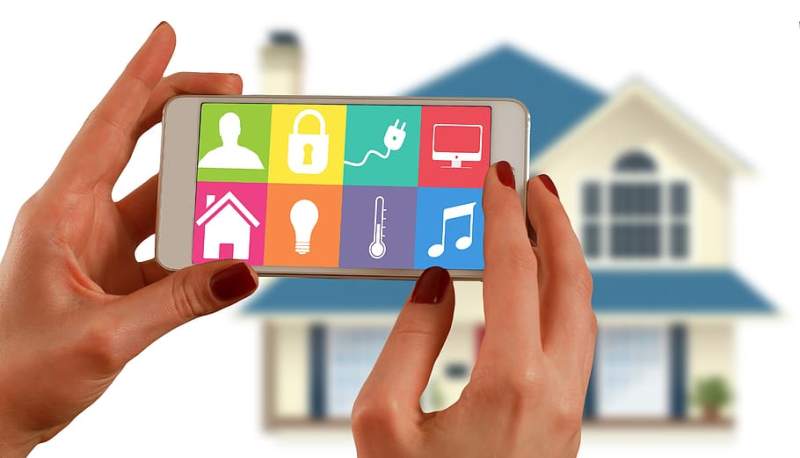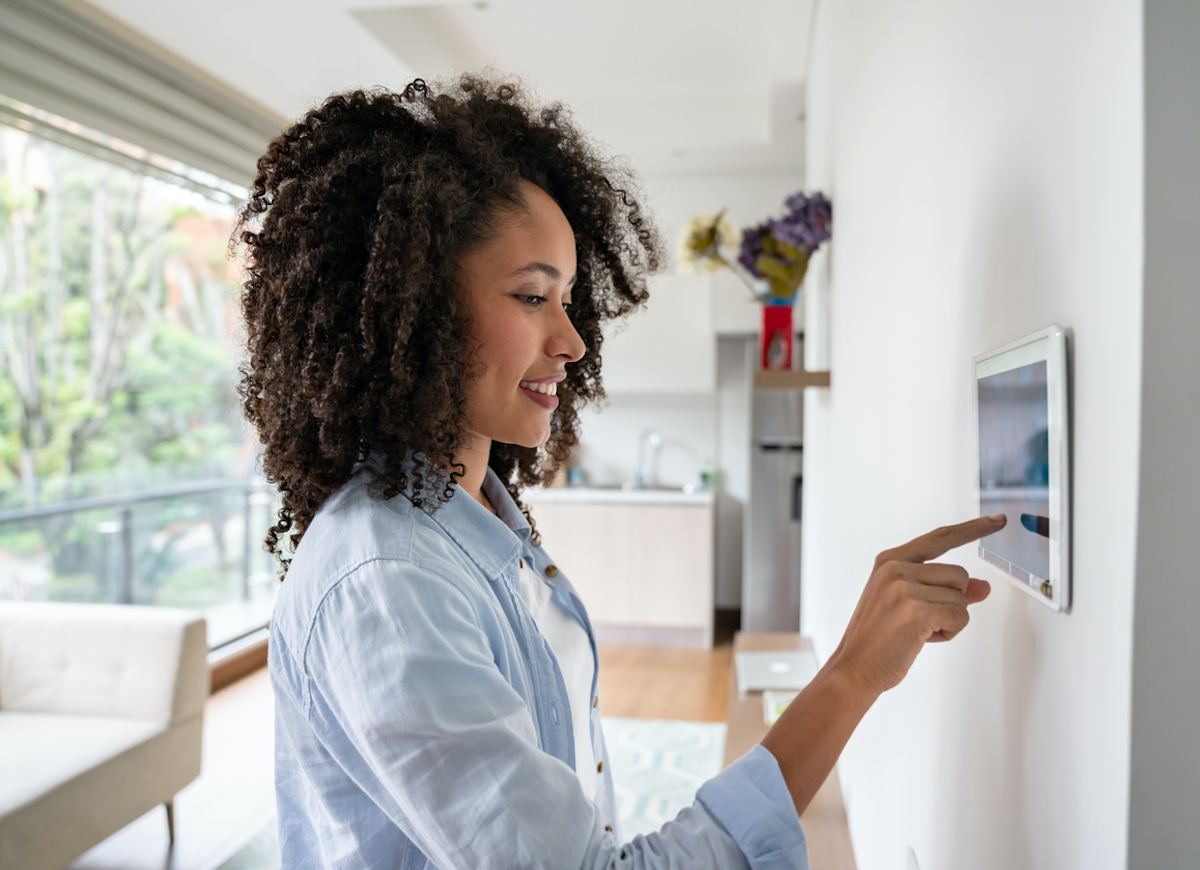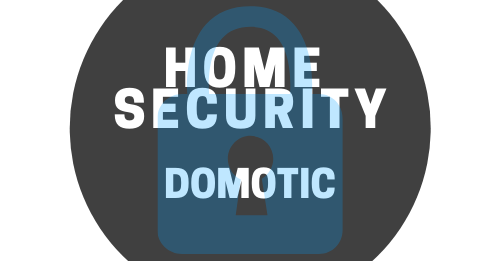Essential Installation Standards for Smart Home Automation: Your Ultimate Guide

In the era of smart homes, where convenience, security, and efficiency converge, understanding the fundamentals of home automation installation standards is paramount. This guide delves into the critical aspects of setting up a smart home system, ensuring that your digital haven is both secure and seamlessly integrated.
Navigating the Basics of Home Automation
Home automation transforms ordinary homes into intelligent environments, automating tasks ranging from lighting control to security surveillance. At the heart of this transformation are installation standards designed to optimize system performance and enhance user experience.
Understanding Installation Standards
Installation standards serve as the blueprint for home automation, outlining the technical specifications, protocols, and safety measures necessary for effective operation. These standards ensure that devices communicate correctly, operate efficiently, and provide the anticipated level of security.
Key Standards to Consider
Several standards and protocols have been established to guide the installation of home automation systems. Familiarizing yourself with these can significantly impact the functionality and reliability of your smart home.
Z-Wave and Zigbee
- Z-Wave and Zigbee are wireless protocols designed for low-energy consumption and high-security data transmission, ideal for smart home devices.
-
They support mesh networking, enhancing signal range and reliability by allowing devices to communicate indirectly through other devices.
Wi-Fi and Bluetooth
- Wi-Fi is widely used for high-bandwidth devices such as cameras and speakers, providing fast data transmission over longer distances.
- Bluetooth offers a convenient solution for short-range communication, perfect for smart locks and light bulbs.
Implementing Smart Home Security

Security is a cornerstone of home automation, with standards ensuring that your smart home is a fortress against unauthorized access.
Encryption and Authentication
-
Advanced encryption standards (AES) protect data transmission, ensuring that your device communications remain confidential.
-
Two-factor authentication (2FA) adds an extra security layer, requiring a second form of identification before accessing the system.
Regular Software Updates
-
Maintaining your system includes regular software updates, which address vulnerabilities and enhance functionality, keeping your smart home secure against emerging threats.
Integration and Compatibility
A cohesive smart home experience hinges on the seamless integration of various devices and systems. Adhering to universal standards facilitates compatibility, allowing devices from different manufacturers to work together harmoniously.
Choosing Compatible Devices
-
Opt for devices that support widely adopted protocols, ensuring they can easily integrate into your existing or future smart home setup.
-
Consider the ecosystem compatibility, such as Google Home, Amazon Alexa, or Apple HomeKit, to ensure a unified control experience.
Professional Installation vs. DIY
Deciding between professional installation and DIY depends on the complexity of your home automation system and your technical proficiency.
Professional Installation
-
Guarantees that the system meets all safety and performance standards, with experts navigating the intricacies of integration and configuration.
-
Provides peace of mind with warranties and technical support, ensuring your system operates optimally.
DIY Installation
-
Offers a more personalized setup experience, allowing for customization and hands-on learning.
-
Requires a thorough understanding of system requirements and standards to ensure safe and effective operation.
Embracing Smart Home Innovation with Confidence
Adopting home automation is a step towards a more connected and efficient lifestyle. By understanding and adhering to installation standards, you can ensure that your smart home is both secure and capable of evolving with technological advancements. Whether you choose professional installation or embark on a DIY journey, knowledge of these standards is your foundation for a successful smart home transformation.
Embarking on the smart home journey equips your living space with intelligence and security, fostering a lifestyle where technology meets convenience. As we continue to embrace these innovations, let us do so with an informed perspective, ensuring our homes are not only smart but also safe and seamlessly integrated.
